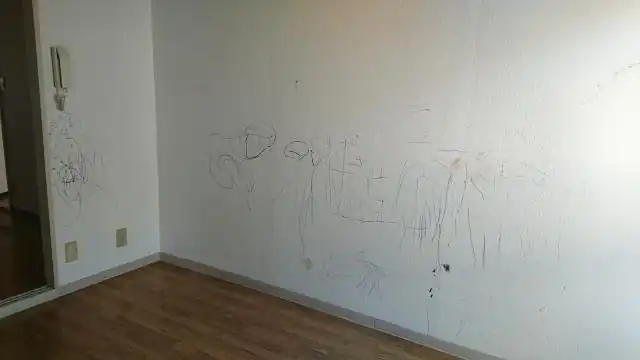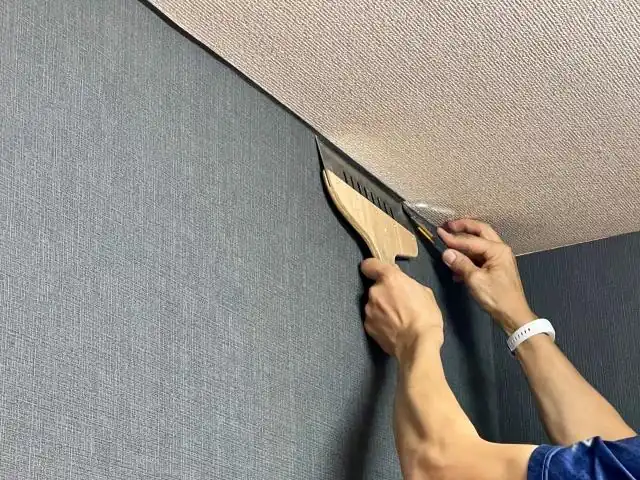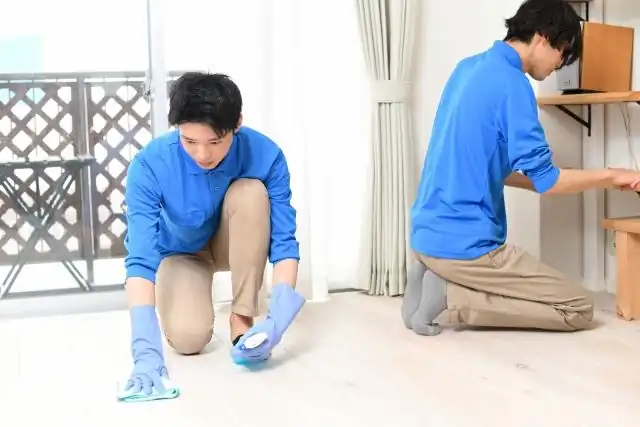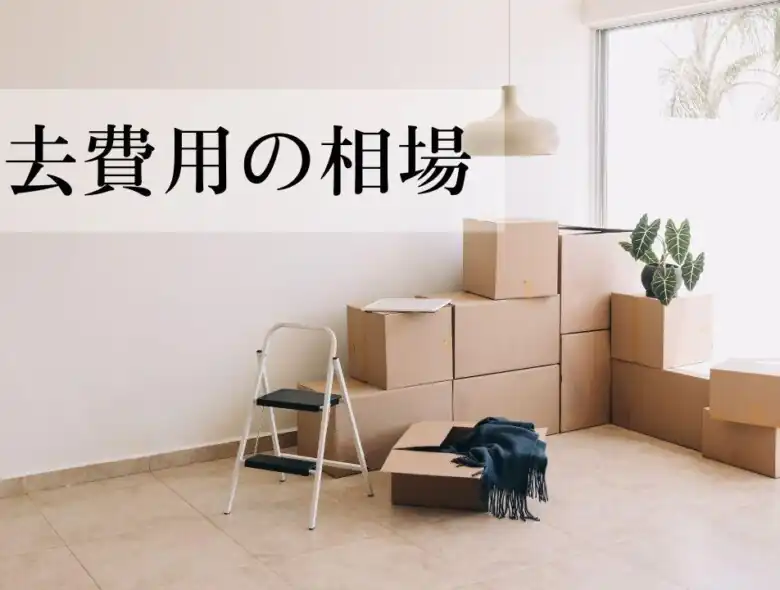One of the main concerns of moving somewhere new is how much it will cost to move out. Many worry that they will be charged a hefty fee for repairs if their apartment has stains or scratches.
As it turns out, tenants do not necessarily have to bear the cost of repairing all stains and scratches. Generally, as long as the damage done is due to normal wear and tear, tenants do not have to pay for the repair.
In this article, we will be going into detail about move-out fees and provide some tips to keep them low, so be sure to read on!
Village House has more than 1,000 apartments across all of Japan’s 47 prefectures. Check out our website if you are looking for a new home!
How are move-out charges calculated?

“Move-out fee” refers to the costs of cleaning and restoring a rental housing unit to its original condition, such that it is ready for the next tenant to move in.
The Ministry of Land, Infrastructure, Transport and Tourism (MLIT) has a document called “Restoration Clauses: Troubles and Guidelines”. This document includes guidelines for the calculation of move-out fees, and they serve as the basis for the terms of most lease agreements.
Restoration clauses and gradual damage

What is a restoration clause?
When a tenant moves out, they are responsible for restoring the property to its original condition. According to the MLIT’s guidelines, tenants are obligated to repair damage that lowers the value of a property if they are the result of negligence, misuse, or intentional harm.
Therefore, restoration clauses apply to damages like scratches caused by moving furniture, stains from spilled drinks, and mold in the bathroom caused by negligence in cleaning. Yellowing and odors on walls caused by cigarette smoke also fall within the scope of restoration clauses because they do not occur naturally.
What is gradual damage?
Gradual damage refers to deterioration that occurs slowly over the course of time. This includes the fading of walls and floors due to sunlight, and the rusting of a building’s exterior due to weather.
Another important concept to remember is “normal wear and tear”. It refers to scratches and stains that are inevitable in daily life. This includes dents in floors that are caused by the weight of beds, and electrical burns on walls behind furniture. Punctures from thumbtacks are also considered a form of normal wear and tear.
According to the MLIT’s guidelines, repairs for gradual damage and normal wear and tear are supposed to be paid by the landlord. This is because the costs of repairing such damages are considered to be part of the rent.
However, if the lease agreement includes additional special provisions in the restoration clause or otherwise, those may take precedence, so make sure to go through your lease agreement carefully.
Average move-out fees by apartment type and room size

It is a good idea to know your actual move-out fee before moving. The move-out fee is usually stated in a special clause in the lease contract. It is often set at around 1,000 yen/m2~1,200 yen/m2 depending on the size of the room. If there is no willful negligence on the part of the tenant, move-out fees are typically as follows:
| Size & Floor Plan | Average move-out fee |
| 20m2・One room | Approx. 20,000 yen |
| 35m2・1K | Approx. 35,000 yen |
| 40m2・1LDK | Approx. 40,000 yen |
| 70m2・3LDK | Approx. 70,000 yen |
However, the above amounts are estimates in the absence of willful negligence. There may be additional repair fees if there are stains or scratches from pets, graffiti from children, or floor damage from shifting furniture around.
Average move-out fees based on how many years you have lived in the apartment

Repair fees tend to go down the longer one has stayed in an apartment. This is because each household furnishing has a stipulated service life, and tenants cannot be charged for wear and tear after it has ended.
According to the MLIT’s guidelines, the service lives of major household furnishings are as follows:
| Service life | Applicable home fixtures |
| 5 years | Kitchen sinks |
| 6 years | Wallpaper (cloth) Air conditioners Gas appliances Intercoms |
| 8 years | Wardrobes Cupboards (non-metal) |
| 15 years | Toilet bowls Washstands Mainly metal fixtures and equipment |
Below are some examples of how repair fees are calculated under the restoration clause.
Wallpaper and 4 years of residence
| Years of residence | 4 years |
| Service life | 6 years |
| Percentage to be paid by tenant | 33.3% |
| Amount to be paid by tenant | 30,000 yen x 33.3% = 9,990 yen |
The service life of wallpaper is 6 years. If you have lived in an apartment for 4 years, the value of the wallpaper will have decreased by 66.7% from the time you moved in, so you will have to pay 33.3% of the repair fee when moving out.
Air conditioner and 8 years of residence
| Years of residence | 8 years |
| Serve life | 6 years |
| Percentage to be paid by tenant | 0% |
| Amount to be paid by tenant | 1 yen |
Many people live in the same apartment for many years if it is comfortable. In the above scenario, the service lives of many household furnishings would have already ended. However, even if the service life for a household furnishing has concluded, it still carries a final residual value of 1 yen that the tenant will have to pay when moving out.
Cleaning fees

If there is no willful negligence on the part of the tenant, the move-out fee will essentially be equal to the cleaning fee. The cleaning fee will vary depending on the size of the apartment, but here are some rough estimates:
| Cleaning fee | |
| 1K | 20,000 – 35,000 yen |
| 1DK, 1LDK | 35,000-50,000 yen |
| 2DK, 2LDK | 40,000-80,000 yen |
| 3DK, 3LDK | 50,000-90,000 yen |
7 tips to reduce move-out fees

Here are 7 tips to minimize move-out fees.
1. Document pre-existing scratches and stains
When you move into a new apartment, you should document any pre-existing scratches and stains. Make sure to report them to the apartment management company to avoid getting charged for any unnecessary repair fees. When you first receive the keys to an apartment, you may be given a checklist. You should use that to note down any damage you come across. Otherwise, the MLIT’s guidelines also contain a checklist that you can submit to your apartment management company.
2. Avoid smoking indoors
Cigarette odors and stains can greatly increase your move-out fee. If you smoke, make sure to smoke under an exhaust fan, and to frequently ventilate and clean your apartment. If any odors and stains still remain, your move-out fee will be much higher.
3. Cleaning daily
Frequently ventilate your apartment to prevent condensation and wipe away any water droplets that you come across. If left unattended, mold will form, and wiping alone will not be enough to remove it. Try to clean your apartment daily because neglect of dirt and stains is considered willful negligence and may result in expensive repair fees.
4. Avoid scratching the floors and walls
As much as possible, take care to avoid scratching the floors and walls. We recommend laying down carpets and attaching padding to your furniture to protect the floor. If you want to attach something to a wall, choose hooks that will not leave marks.
5. Promptly report any broken fixtures
If a fixture (e.g., air conditioners, ventilation fans, and water heaters) stops working, promptly report it to the apartment management company. The landlord is obligated to repair fixtures that break down under normal use. If you move out of an apartment without reporting a broken fixture, you may be charged for its repair.
6. Cleaning by yourself before moving out
Clean your apartment carefully before moving out. You are more likely to be charged a higher fee if your apartment appears dirty. In particular, it is a good idea to focus on areas that are often overlooked during cleaning, such as the plumbing and gaps between appliances.
7. Negotiate with the apartment management company
If you feel that your move-out fee is too expensive, you should negotiate with the apartment management company to lower the fee. There is a possibility that they overestimated the amount of money needed for cleaning and repairs. If you can provide them with concrete numbers, you may be able to lower your move-out fee by several tens of thousands of yen.
Village House offers reasonably priced apartments across all of Japan’s 47 prefectures. Check out our website if you are looking for a new home!
Related articles:
- Rental Apartment Woes? Here’s Where to Get Expert Advice!
- Deterioration of Rental Properties Over Time: How to Prevent Repair Problems and the Economic Benefits of Living in the Same Property for a Long Period
- Giving Proper Notice before Moving Out
- How to Notify Your Landlord that You Are Moving Out: Communication Methods and Points to Consider

Hello, I’m Machiko Doi, a freelance writer who writes about housing and living in Japan.
I live in an 80-year-old house that I inherited from my grandparents along with my two shelter cats and daughter.
We live a relaxed life while repairing the house.
I like to cook vegetables from the garden and fresh fish caught by my father, and enjoy them with cold beer on a hot day or hot sake on a cold day.



